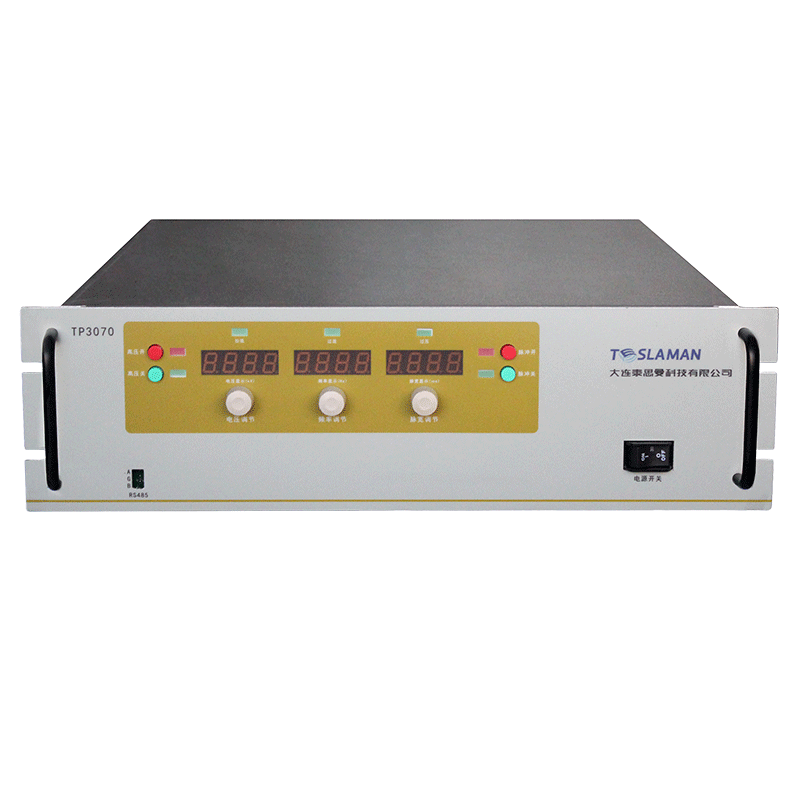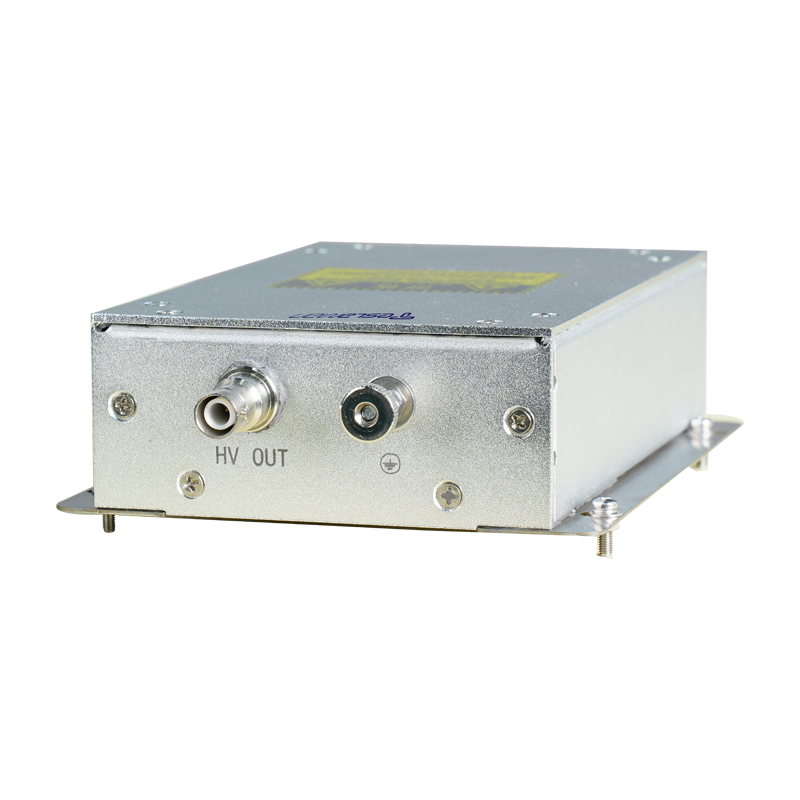Application of High Voltage Pulse Power Supply in Precision Medical Devices
I. Introduction
Precision medical devices form the cornerstone of modern medical development, with their performance directly affecting diagnostic accuracy and patient outcomes. High voltage pulse power supplies, by virtue of their unique voltage output characteristics, have demonstrated irreplaceable value in numerous medical fields. Compared to traditional DC power supplies, high voltage pulse power supplies offer higher spatiotemporal precision in energy delivery through nanosecond level voltage pulse control.
II. Key Application Domains
1. Tumor Electroporation Therapy Systems
In novel tumor treatment devices, high voltage pulse power supplies generate alternating electric fields to selectively kill tumor cells by disrupting mitotic processes. The system requires power supplies with microsecond level pulse rise times and nanosecond level synchronization precision, ensuring precise control of the electric field strength within 100 300 V/cm. Experimental data indicates that combining this approach with traditional treatments can enhance tumor suppression rates by over 40%, while significantly reducing damage to normal tissues.
2. High Precision Electroporation Devices
In cell therapy and gene transfection equipment, power supplies generate μs ms level high voltage pulses (pulse amplitude 1 10 kV, pulse width 50 500 μs) to create controllable nanopores in cell membranes. Key indicators include pulse amplitude stability (deviation ≤1%) and repetition frequency precision (error <0.1%), achieving gene transfection efficiencies exceeding 90% while maintaining cell survival rates above 80%.
3. Precision Sterilization Equipment
Sterilization systems utilizing μs level high voltage pulse electric fields effect microbial inactivation through dielectric breakdown of cell membranes. The power supply must possess rapid response capabilities with pulse leading edge times ≤50 ns and peak voltages of 15 30 kV, achieving microbial inactivation rates >99.99% in food preservation and medical device sterilization scenarios, while avoiding destruction of nutrients associated with traditional thermal processing.
III. Technical Challenges and Development Trends
1. Energy Density Control
Maintaining high pulse amplitudes while precisely controlling energy density within 50 200 J/cm³ to prevent thermal tissue damage. Novel ferrite core materials combined with resonant circuit designs have improved energy utilization rates to over 75%, with pulse width adjustment resolution reaching 10 ns.
2. Biocompatibility Optimization
To meet the requirements of implantable devices, developable programmable pulse width power modules (adjustable from 8 500 μs pulse widths) with output voltage precision of ±0.5% and pulse frequency errors <0.05% have been created. Biocompatible real time feedback systems ensure that treatment parameters dynamically adapt to biological characteristics.
IV. Conclusion
Breakthroughs in high voltage pulse power supply technology have driven the evolution of precision medical devices. Future technical developments will focus on multi modal pulse parameter coordinated control algorithms and the modeling of the relationship between pulse waveforms and biological tissue responses. With the deep integration of intelligent power regulation systems and biosensing technologies, high voltage pulse power supplies are poised to become fundamental support platforms in precision medical diagnosis and treatment systems.




















